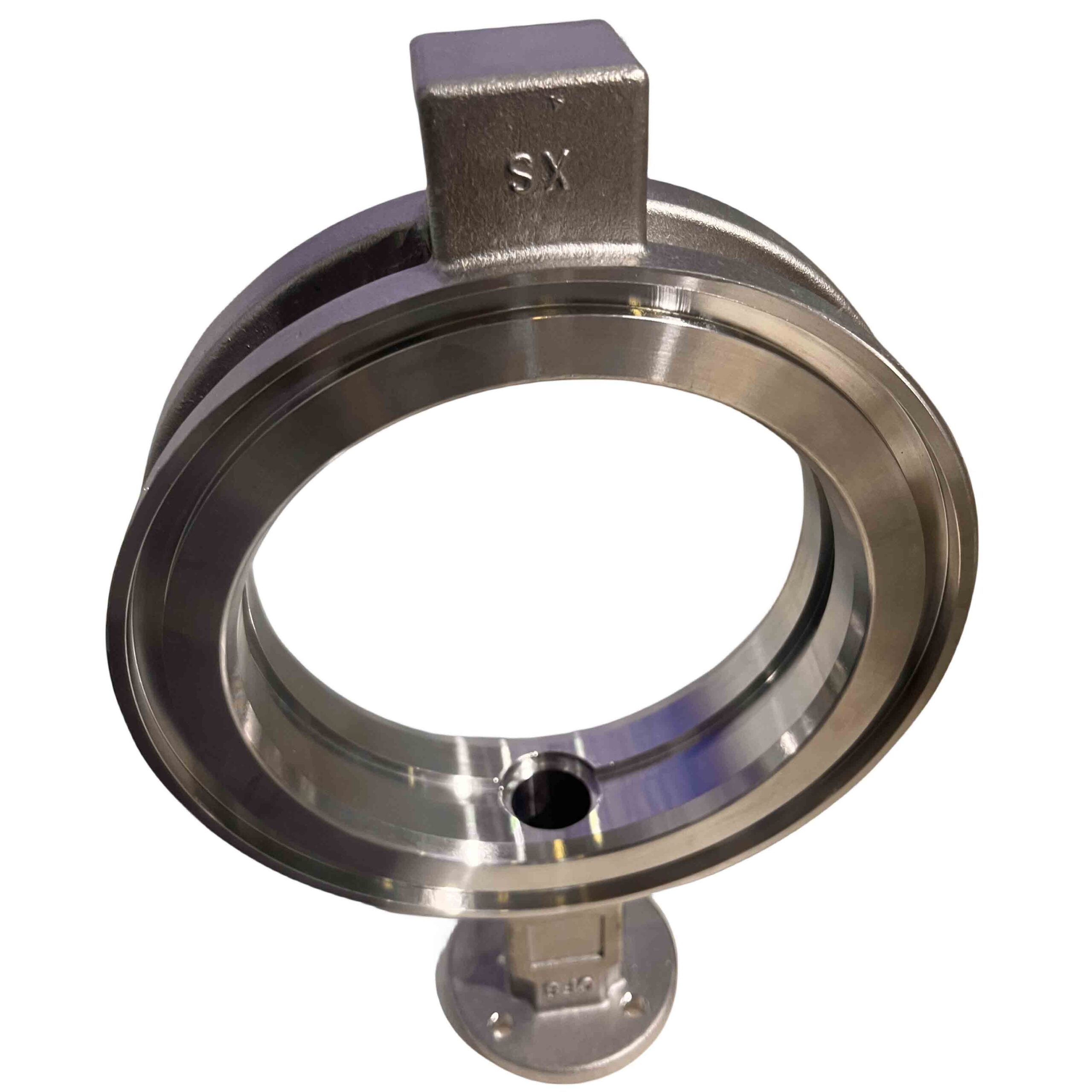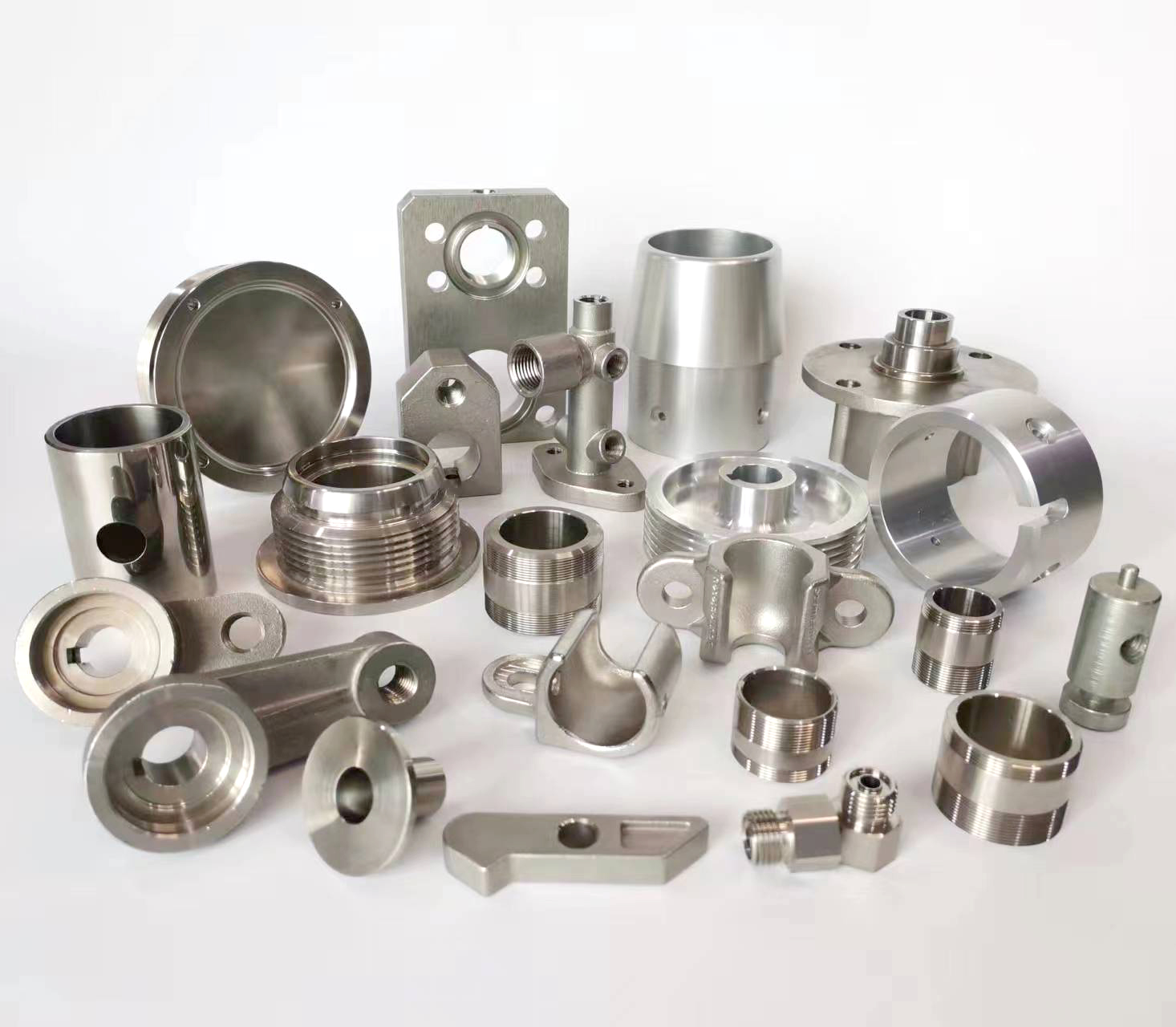
The custom processing industry, which includes job shops, CNC machining, precision molding, and specialty fabrication, is inherently defined by variable orders, unique specifications, and often, low-volume, high-mix production. This variability makes a robust CAPA system not just a quality standard (like ISO 9001) requirement, but a critical business practice for survival and growth. CAPA is a systematic process for investigating, addressing, and eliminating the root causes of non-conformities (problems that have happened) and potential non-conformities (problems that could happen).
The process is typically broken down into two distinct but related flows: Corrective Action (reactive) and Preventive Action (proactive).
- The Corrective Action (CA) Process (Reactive)
This process is triggered by a non-conformance that has already occurred. The goal is to fix the immediate problem, find out why it happened, and ensure it doesn’t happen again.
Step 1: Identification and Definition of the Non-Conformance
The process starts when a problem is detected through:
Internal Source: Failed first-article inspection (FAI), in-process quality checks, internal audit findings, machine downtime, or employee reports.
External Source: A customer complaint, rejected parts (Return Material Authorization – RMA), supplier non-conforming material report, or feedback from a field service team.
The problem must be clearly defined: What is the issue? Where was it found? When was it discovered? How many parts/units are affected?
Step 2: Containment Action (Immediate Fix)
Before a full investigation, immediate action is taken to contain the impact:
Quarantine all affected parts, both in inventory and in-process.
Sort 100% of the suspect lot to separate good from bad parts.
Rework or Scrap the non-conforming products, if possible and authorized.
Notify the customer if their shipment is affected or delayed.
The goal is to prevent the defective product from reaching the customer and stop the bleeding.
Step 3: Root Cause Analysis (RCA)
This is the most critical step. Superficial fixes (“the drill bit was broken, so we replaced it”) are ineffective. The team must drill down to the true, systemic root cause. Common techniques in custom machining include:
5 Whys: Repeatedly asking “Why?” until the process-based root cause is found.
Problem: A drilled hole is off-location.
Why 1? The drill bit walked. Why 2? The part was not securely clamped. Why 3? The clamping force setting was incorrect. Why 4? The setup sheet for this job had a typo. Why 5? The setup sheet was not verified by a second operator before job start. (Root Cause)
Fishbone (Ishikawa) Diagram: A brainstorming tool to categorize potential causes (e.g., Man, Method, Machine, Material, Measurement, Environment).
Process Mapping: Walking through the exact steps of the job to find where the deviation occurred.
Step 4: Development and Planning of Corrective Actions
Based on the confirmed root cause, the team develops actions to eliminate it. These actions must be specific, measurable, achievable, relevant, and time-bound (SMART).
Example: To fix the root cause above: “Revise the setup sheet #XYZ to correct the clamping force value. Update the quality procedure QP-105 to mandate that all new job setup sheets must be verified and signed off by a lead machinist before release to the shop floor. Training on the new procedure to be completed for all leads by [Date].”
Step 5: Implementation of Corrective Actions
The planned actions are executed:
Updating documentation (procedures, work instructions, CAD/CAM files).
Retraining employees.
Modifying tooling or programming.
Adjusting preventive maintenance schedules.
Step 6: Verification of Effectiveness
After a predetermined period (e.g., after running the next job or after one month), the team checks if the corrective action actually worked and the problem has not recurred.
This is done by reviewing quality data for that specific part number, monitoring scrap/rework rates, and ensuring subsequent inspections pass.
If the problem recurs, the root cause was not correctly identified, and the process must return to Step 3.
Step 7: Documentation and Standardization
Every step of the CAPA process is recorded in a CAPA Request Form or a similar tracking log. This creates a historical record, provides evidence for audits, and allows the knowledge gained to be shared. Successful corrective actions may be standardized across other similar processes or product lines.
- The Preventive Action (PA) Process (Proactive)
This process is initiated to identify and eliminate potential causes of non-conformances before they occur. It’s about anticipating problems.
Step 1: Identification of Potential Problems
Potential issues are identified through data analysis and risk assessment, not by waiting for a failure. Sources include:
Trend Analysis: Reviewing data from internal audits, quality metrics (scrap, rework, OEE), customer feedback, and supplier performance for negative trends.
Risk Assessment: Using tools like Failure Mode and Effects Analysis (FMEA) on a new process or product design. For a new custom job, the team might ask: “What could go wrong during the finishing process? How can we prevent it?”
Management Review: Outputs from regular management meetings often highlight areas for potential improvement.
Step 2: Investigation of Root Cause
Even for a potential problem, the team must investigate what the underlying cause would be if the problem were to occur. The same RCA tools (5 Whys, FMEA) are used.
Step 3: Planning Preventive Actions
Actions are planned to eliminate the potential root cause. These are also SMART actions.
Example (from FMEA): A risk is identified that a new aluminum alloy might gall during tapping. A preventive action could be: “Source and qualify a specific anti-galling tapping lubricant for use with this alloy before the production order is scheduled.”
Step 4: Implementation of Preventive Actions
The actions are put into place, such as updating FMEAs, changing design rules, qualifying new suppliers, or implementing new monitoring techniques.
Step 5: Review of Effectiveness
The process is monitored to confirm that the potential non-conformance was successfully prevented. The data is reviewed to ensure the trend is positive or the risk is mitigated.
Key Challenges in the Custom Processing Industry
High Mix, Low Volume: It can be difficult to gather enough statistical data on a specific part number to identify trends. The focus shifts to trend analysis by process (e.g., all milling operations) rather than by product.
“One-Off” Jobs: A corrective action for a custom job that will never be run again might seem pointless. However, the focus must be on the process failure, not the product failure. The faulty setup sheet procedure affects future jobs, not just the past one.
Resource Constraints: Small job shops may lack dedicated quality engineers. Therefore, CAPA must be an integral, cultural practice involving machinists, operators, and leads, not just a paperwork exercise for the quality department.
In summary, for custom processors, an effective CAPA system is a closed-loop process that transforms failures and near-misses into valuable learning opportunities. It ensures that the same mistake is not repeated across different projects and drives continuous improvement in manufacturing processes, ultimately leading to higher quality, reduced costs, and increased customer satisfaction.





